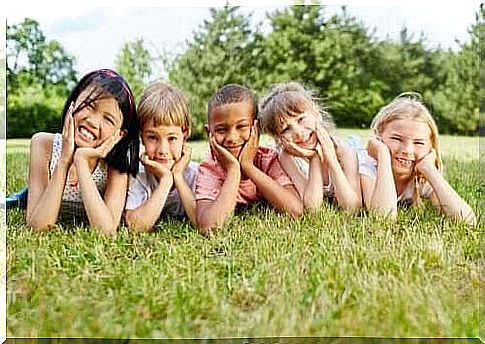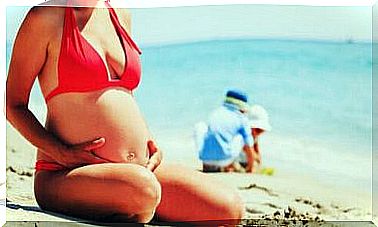Ferrière’s Progressive Education

Adolphe Ferrière was a Swiss educator, born in Geneva in 1879. His ideas about education and pedagogy brought about great changes and advances in traditional teaching. In addition, many of the basic principles of Ferrière’s progressive education and pedagogy are still relevant and have a significant impact on schools and education today.
Let’s take a closer look at Ferrière’s progressive education.
What characterizes Ferrière’s progressive education
Ferrière presented a completely new proposal for renewing the traditional school, in a wave of pedagogical innovation. In this proposal , he focused mainly on the child’s person, his needs and the need to capture the student’s attention to enable learning.
In line with the new pedagogy of the time, and like many other philosophers, psychologists and educators active at the time, Aldophe Ferrière advocated a general and free education. In addition, he suggested that a person’s education should continue throughout life and be linked to his or her field of work.
In that sense, Ferrière’s most important contribution is his defense of an active school. For example, he also emphasizes the use of active teaching methods. These aimed to arouse curiosity, creativity and develop children’s ability for observation and exploration.

Basic psychopedagogical principles for Ferriere’s progressive education
- Education must be based on mutual trust and authentic experiences and relationships as well as on the daily interactions with other children.
- During childhood, both responsibility and joy should coexist. According to Ferrière, it is an honor for children to do things independently. And the role of the elderly is to help the younger.
- Activities in nature are essential and being able to stay outdoors is necessary for children. For example, they can gather firewood, climb trees and plant a garden plot.
- The learning is based on centers of interest from ordinary life that the teacher makes available to the children. In other words, children learn to read, for example, by interacting with designated objects in their everyday environment. Furthermore, they can draw a plant they have collected from the garden or do mathematical calculations by playing business.
- Students are allowed to alternate between individual work and collective tasks. In addition, it should be developed later on the basis of reviews for all students.
- Education should be based on self-discipline and solidarity. And it should also be based on the joy of learning and not on formal lessons.
- It is important to keep the educational environment clean and organized, but this should be done without the need for violence, guilt or punishment.
- All children can use their individual characteristics and use them to the best of their ability.
- Teachers can use gymnastic exercises, games and crafts in subjects they teach.
- The evaluations should be based on individual tests and on participation in group discussions and debates. They should also serve to show similarities and differences, and give students the chance to share experiences in different learning activities.
Activity and autonomy in Ferrière’s progressive education
In Ferriere’s education and pedagogical concept, a prominent example is that one wants to produce a child who can achieve relative autonomy and independence in his or her learning process. In the same way, the student must learn to maintain certain development standards for predominantly active activities.
For example, Ferriere’s approach is interesting when it comes to teaching independence, self-discipline, self-government and to minimize the presence of adults in the learning process. This therefore means that the teacher must trust the child to delegate responsibility.

In that sense, Ferrière’s progressive education was a major step forward in the classroom dynamics, for both teachers and students. It shifted focus from the adult in the classroom to the children. In addition, he also recommended diversifying and adapting teaching to each student’s stage of development.
On the legacy of Ferrière’s strategy
Like other pedagogical ideas from thinkers of this time, the ideas as well as the theoretical and methodological approach to an active school, proposed by Ferrière, are still used today. Therefore, we can say that today’s schooling for younger ages is based on some of the central and progressive ideas that this thinker put forward.
Ferrière suggested, for example, that the needs of children be taken into account, as well as the need to arouse students’ interest through activity as a condition of their learning and development. Another concept he presented was the development of autonomy and independence in the education of children.
Finally, we would like to emphasize that Ferrière’s goal was to give children freedom. This is a basic idea in today’s educational structure.









